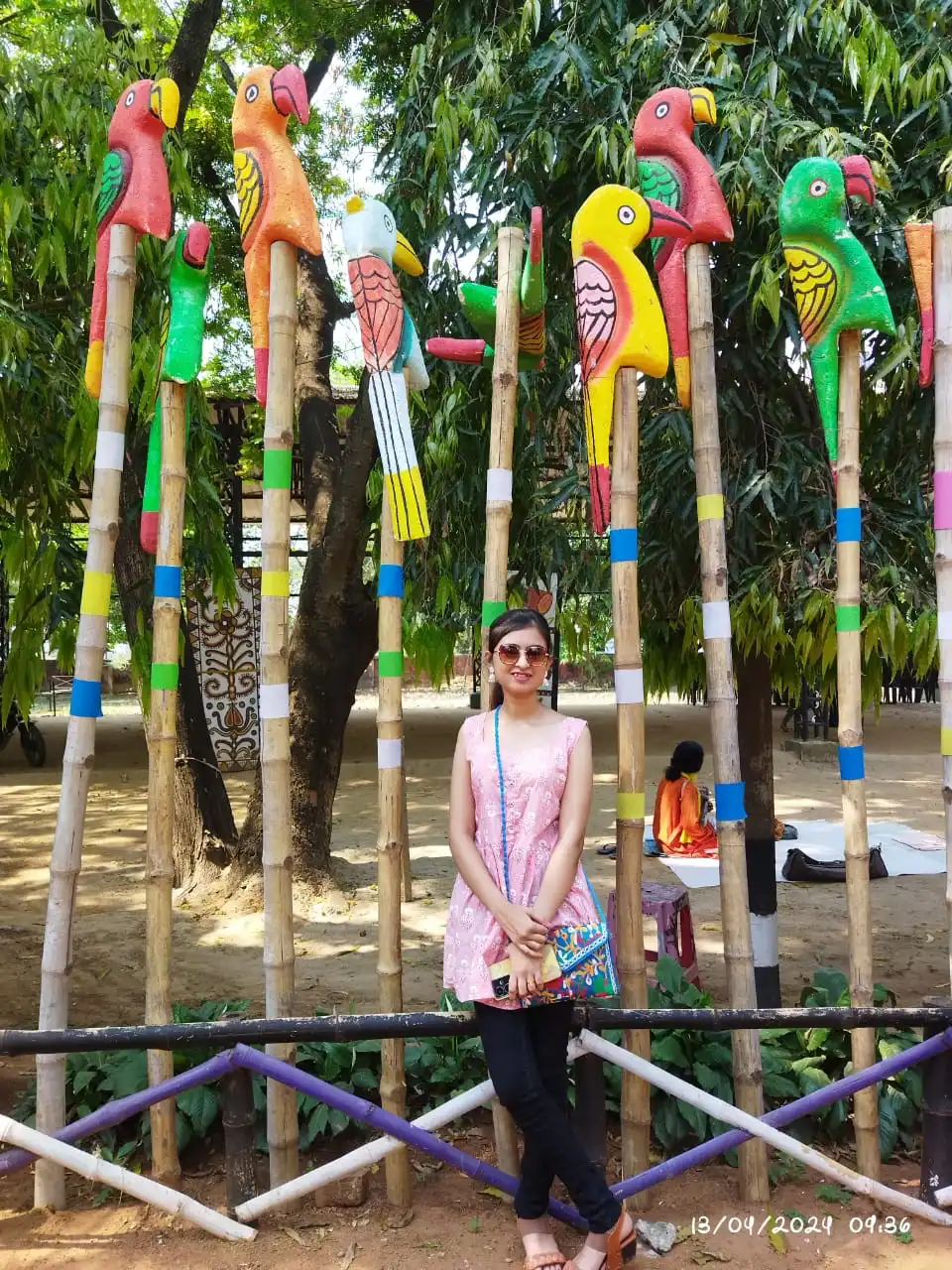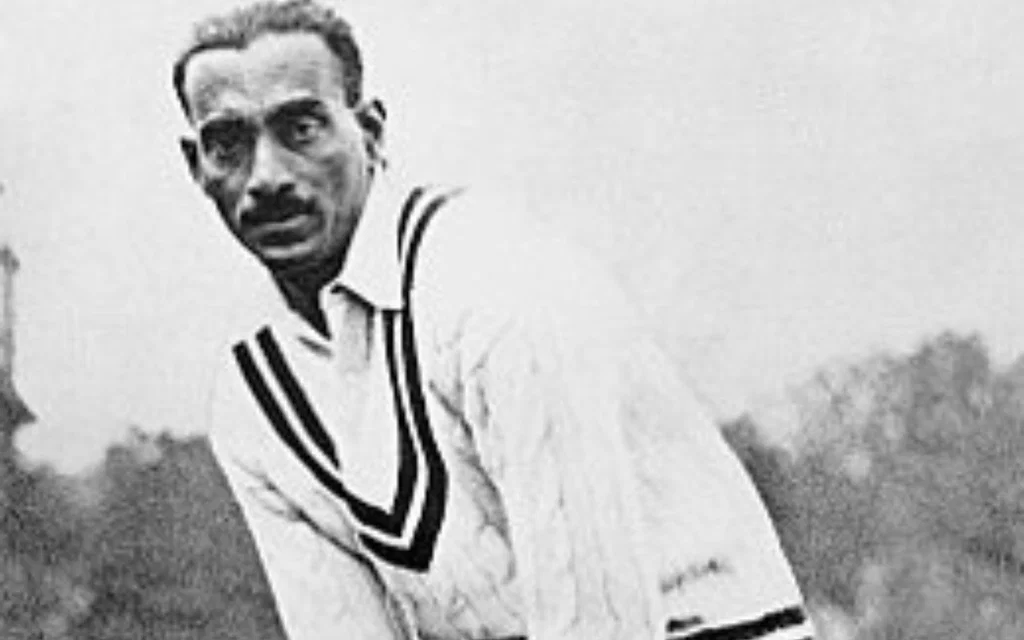 CK Nayudu (Source: @IndiaHistorypic/x.com)
CK Nayudu (Source: @IndiaHistorypic/x.com)
Cricket is a rollercoaster, one moment a hero rises to glory, the next a new talent steals the spotlight. To build a strong national team, a solid foundation is essential, and India’s domestic circuit has long stood as the backbone, nurturing talent and shaping champions.
Since the birth of the Ranji Trophy, Indian cricket has witnessed some of the iconic talents, but why does the spotlight always fall on individuals? Some teams have carved their own epic tales, and one hidden gem stands out, ‘Holkar’. The name might sound unfamiliar, but this side packs the richest, most colourful history of the Ranji Trophy.
The pioneers fell short of the time as Indore merged with Madhya Pradesh. But while the team may have folded, their legendary place in Indian cricket history remains untouchable. Let’s take a look back at the prestigious 'Holkar Era' of Indian domestic cricket.
Holkar builds a legacy that redefines domestic cricket
As a student, history might make you yawn, but we can bet the history of Indian cricket is something that will never let you have a dull moment. Among those golden tales lies one name lost in the shuffle of time, ‘Holkar’. Once a powerhouse of Indian domestic cricket, this team ruled the Ranji Trophy stage with unmatched flair, only to slip quietly into the pages of forgotten glory.
Once a big name to a forgotten story, the seed of greatness was sown in 1948, and former Indian player CK Naidu was the pioneer of the legendary move. As the Indian batter made India proud in many instances, his idea gifted the Indian domestic side one of its formidable forces. It all started back in 1923, when Maharaja Tukojirao Holkar invited Nayudu and made him colonel of the Holkar army, a move that unknowingly kicked off one of Indian cricket’s most fascinating chapters.
Later on in 1943, he requested the Maharaja to form a cricketing team and name it ‘Holkar’. The former Indian batter made a core team, including stars like CT Sarwate, Hiralal Gaekwad, Nimbalkar, Kamal Bhanderkar, Sanjay Dhanwade, Rangnekar, Arjun Naidu, Kuppuswami Naidu, Mushtaq Ali, JN Bhaya, MM Jagdale, and lot more other gems. With the finest cricketers from across the country united under one banner, Holkar burst onto the scene.
The team emerges as a dominant power before anyone expects
In the modern era of cricket, fans are always in awe of aggression, fiery shots, and unbeatable dominance, but since the birth of the Holkar, the team has announced itself as a dominating force when the dream of an aggressive side was beyond imagination. Since their first game, they introduced their fiery attitude on the ground, creating a blow for the opponent even before facing a single ball.
It wasn’t just their mindset; Holkar’s sheer flair carried them to glory. A squad packed with match-winners, sparkling newcomers, and seasoned Indian stars, they rewrote the rules of dominance. Spanning over 11 years, the team redefined their resurgences. Since the 1944-45 Ranji Trophy season to 1954-55, they appeared in ten Ranji Trophy finals in their 11 seasons.
Holkar kicked off their cricketing journey in the 1944-45 season, finishing as runners-up, only to storm back and claim the title in the first season. Adding to this, they secured their three other trophies in the 1947-48 season, 1950-51 season, and 1952-53 season.
The glorious Compton story of Holkar
Where the entire nation was in awe of the Holkars, but one special player’s association with the side remained forever iconic. The cricket world is well aware of England’s Test icon Dennis Compton. But the world is little aware that the British legend graced the Ranji Trophy stage. It may sound impossible, but Holkar made it true.
During the 1944-45 season, the entire world was experiencing the horrifying World War 2, but the English legend was stationed in India. During that time, he represented the Holkars’ side, and his performance in the final has been an iconic one.
Facing Mumbai (then Bombay) in the high-voltage clash, he played an outstanding knock of 249 runs. Though his time was brief, this unforgettable innings has etched itself permanently into the team’s legendary history.
Holkar slips into silence after a golden run
Amid all the fairytales of cricket, reality eventually catches up, and even legends face an end. Rarely does a team vanish from the cricketing world, but Holkar’s story faced exactly that fate. Not due to poor cricket, but a geopolitical decision that abruptly ended their glorious journey, leaving their legacy forever etched in history.
In 1948, India was introduced to a major change. In that year, Indore was merged into Madhya Bharat. Holkar continued to dazzle on the field, but their final curtain fell in 1956 when Indore became part of Madhya Pradesh. Though new teams rose to the stage, Holkar’s legacy remains untouchable, forever etched as one of the most glorious chapters in Indian domestic cricket.
.jpg)
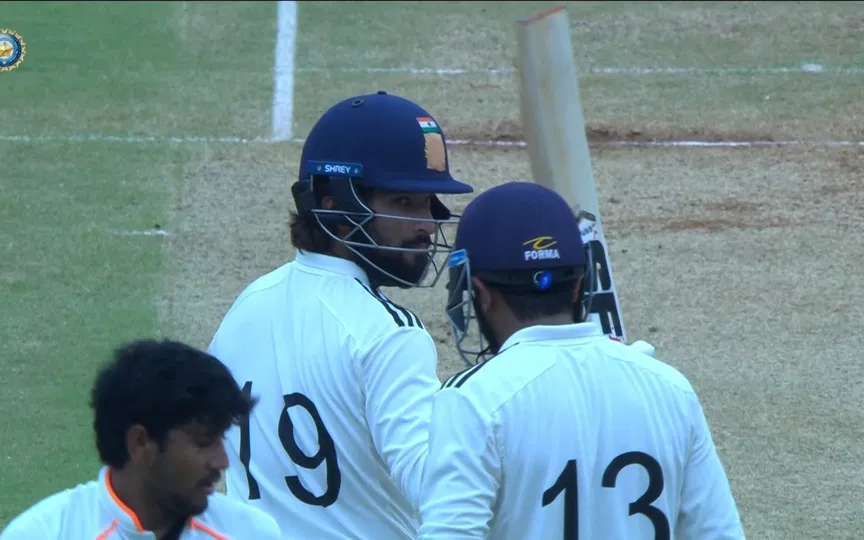
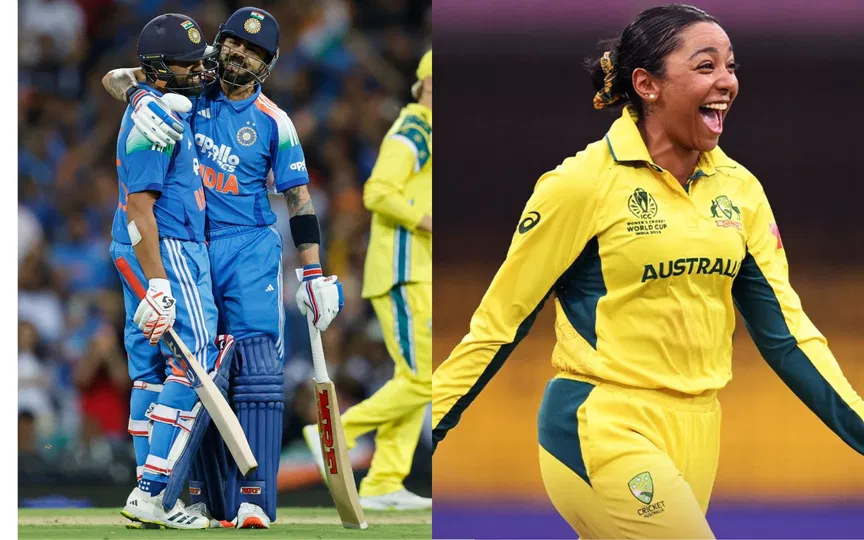
.jpg?type=mq)
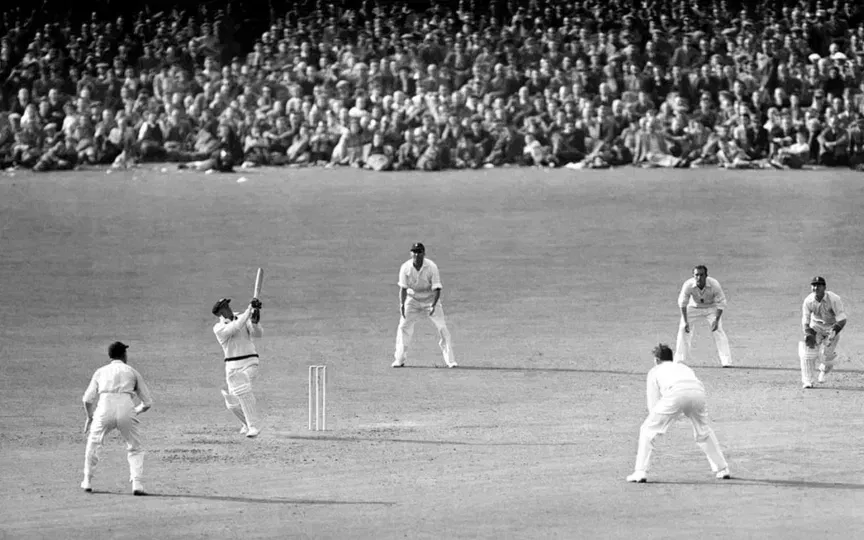
.jpg?type=mq)
